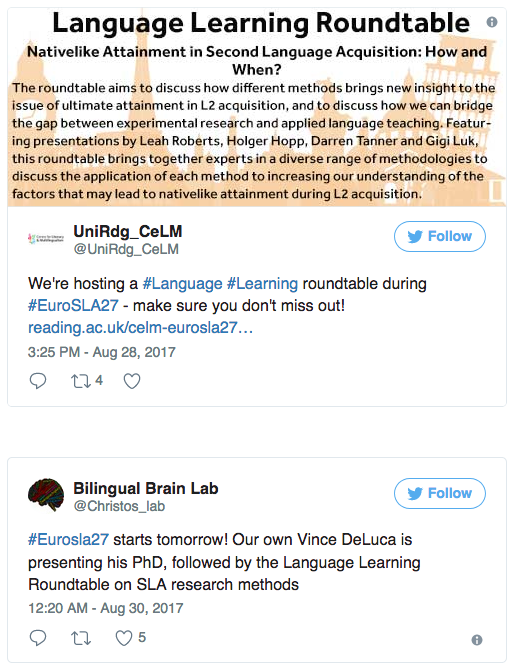I am an applied linguist in an English department in France and I work in French and English on instructed second language acquisition, classroom interaction, and teacher integration of learning technologies. A native-speaker of English with a PhD from Indiana University Bloomington, my baseline references are generally from the literature in English, and for some twenty-five years in the field, I have tended to subscribe to a view expressed by Widdowson (2000: 4):
people who call themselves applied linguists should stop agonizing about the nature of their enquiry, and just get on with it.
However, two decades in French academia have given me a fair perspective on relevant research in France, and have taught me caution when discussing my field. Many key terms show at best limited overlap in meaning in the two languages, and often have very different connotations. Applied linguistics and linguistique appliquée are one such pair. I thought I’d take a moment to tease the two terms apart, but as often happens once you start unpicking you can end up with quite a long thread. And it turns out, I am not alone in finding this a ticklish issue, even if we restrict our purview to a single language:
from time to time the underlying uncertainty about the scope and status of applied linguistics breaks surface […] the issue is a highly contentious one that raises quite fundamental questions about academic identity.
Widdowson, 2000: 4
A number of researchers have looked at the term applied linguistics (and its French counterpart linguistique appliquée) from a historical viewpoint (Linn, 2008, 2011; Smith, 2015), from a contrastive perspective (Berthet, 2009; Liddicoat, 2009; Véronique, 2009), and from an epistemological standpoint (Carter & McCarthy, 2015; Véronique, 2009, 2010; Widdowson, 2000). What follows is the skeleton and links for a paper you can read on ResearchGate; comments welcome.
Linguistics applied and applied linguistics
Widdowson (1980) drew a distinction between applied linguistics and what he termed linguistics applied.
The difference between these modes of intervention is that in the case of linguistics applied the assumption is that the problem can be reformulated by the direct and unilateral application of concepts and terms deriving from linguistic enquiry itself.
In the case of applied linguistics, intervention is crucially a matter of mediation. Here there is the recognition that linguistic insights are not self-evident but a matter of interpretation; that ideas and findings from linguistics can only be made relevant in reference to other perceptions and perspectives that define the context of the problem.
Widdowson, 2000
Applied linguistics and linguistique appliquée in Britain, the US, and France
Berthet’s chronology of the field in the three geographical spheres is the subject of broad agreement (Léon, 2015; Linn, 2011; Linn et al., 2011; Véronique, 2009) and includes the following institutional and academic milestones:
- 1948 Language Learning: A quarterly journal of applied linguistics, Michigan (Fries)
- 1957 School of Applied Linguistics, Edinburgh (Catford)
- 1958 Centre de linguistique appliquée, Besançon (Quemada)
- 1961 Etudes de linguistique appliquée, Besançon (Quemada)
- 1964 Association internationale de linguistique appliquée [à l’enseignement des langues vivantes] (AILA), Nancy
- 1965 Chair of Applied Linguistics, Essex (Strevens)
- 1965 Association française de linguistique appliquée (AFLA)
- 1967 British Association of Applied Linguistics (BAAL)
- 1977 American Association for Applied Linguistics (AAAL)
- 1980 Applied Linguistics journal (Canada/UK/US)
(And for a Canadian perspective, see Cobb, 2009, in French and English).
The French alternatives: DDL/DLC and RAL
In France, the disciplines of didactique des langues étrangères (DDL or DLE), sometimes also didactique des langues-cultures (DLC), and (recherche en) acquisition des langues étrangères (RAL, ALS) cover the second/foreign language learning and teaching aspects of what elsewhere is termed applied linguistics.
Didactique des langues – language didactics
Berthet’s motivation for his 2011 paper seems to be to explore why he himself, a “didactician,” that is, a researcher whose object of study is the teaching/learning of second languages, should not call himself an applied linguist, as is the case elsewhere and was in France in the past. He is a didactician, he adds, who wonders whether the time is ripe to reflect on the redefinition of his discipline.
Recherches en acquisition des langues – second language research
Véronique, an acquisitionist, identifies “a difference in objectives between second language research, a branch of linguistics, and foreign language didactics, a praxeological discipline” (Véronique, 2010: 82).
Overlapping terminology, intersecting interests
On this reading of some of the literature on second/foreign language learning and teaching in different research traditions in English-speaking countries and in France, I offer the following, somewhat tentative conclusions regarding the translation and interpretation of word pairs in the two languages.
- applied linguistics/linguistique appliquée
Applied linguistics is generally interpreted in broader terms than la linguistique appliquée, and generally accords more importance to research in second language teaching and learning. More recent French definitions acknowledge a broader interpretation and the place of second/foreign language research within la linguistique appliquée (CRELA, 2013).
- linguistics versus linguistique / sciences du langage
General linguistics is broadly synonymous with language sciences, if a somewhat narrower discpline; sciences du langage is no doubt an appropriate translation for many purposes. La linguistique in French academia tends to refer to stylistics and textual function, and viewed as a branch of the humanities.
- second language acquisition (SLA)/acquisition des langues secondes (ALS)
These terms are more or less synonymous, though SLA is viewed as part of applied linguistics, unlike ALS.
- second language research/recherche en acquisition des langues secondes (RAL)
as above
- language teaching and learning/enseignement-apprentissage des langues
These terms are synonymous; the field is concerned with language pedagogy, including methods, materials development, classroom practice, and assessment.
These topics are covered in TEFL/TESOL publications and textbooks on l’enseignement du FLE/FLES.
- foreign/second language teaching research/didactique des langues (DDL)
These terms cover language teaching research. The English expression includes language learning and comes under both SLA and applied linguistics in the English-speaking world. The term instructed SLA is also used, though a poor translation for DDL which generally excludes acquisition research. La didactique des langues focuses on theoretical models for language teaching and recognises neither applied linguistics nor SLA as parent disciplines.
- foreign versus second language/langues étrangères ou secondes
This paper has not discussed these terms, but they are also a source of disagreement and confusion. Second language may be used in English a) as an umbrella term for any language learned after the first, or b) restricted to contexts where the target language is the ambient language (e.g., French in Paris). In this second case, a foreign language is one learned in the absence of contact with the native-speaking community (e.g., English in a French high school). Thus researchers often refer to second language acquisition while practitioners talk of foreign language teaching. Since SLA is excluded from DDL, which takes the practitioner perspective, the term langue étrangère is more commonly used in French, particularly outside FLE/FLES circles.
And beyond these terminological notes, what answers can we offer to the question posed at the CRELA conference in 2013:
“What, then, is the situation in France today concerning applied linguistics? Can applied linguistics provide common ground and reduce fragmentation in the field?”
First, it seems clear that this is an important question about academic identity, and that applied linguistics should not be limited to “applicationism” or “linguistics applied.”
Second, we have seen that for historical reasons second/foreign language teaching research in France has for the most part been conducted in isolation from work in second language research and without reference to the broader field of applied linguistics.
Third, it seems that connections between French DDL research on one hand, and both applied linguistics and SLA on the other, are possible and no doubt desirable (Berthet, 2009; Véronique, 2009, 2010). All three have roots in traditions of research and practice in language teaching and learning that reach back further than we may realise:
The lesson from the history of applied linguistics is that research makes a difference when the desire to make a difference is built into the research from the outset and where the boundary between university research and the world where language is actually used and experienced is a thin and porous one.
Linn, 2011: 25
References
Berthet, M. (2011). La linguistique appliquée a l’enseignement des langues secondes aux Etats-unis, en France et en Grande-Bretagne. Histoire Épistémologie Langage, 33(1), 83-97. [open access]
Carter, R., & McCarthy, M. (2015). Spoken grammar: Where are we and where are we going?. Applied Linguistics, 1-21.
Cobb, T. (2009). An applied linguist’s response to the linguists’ Projet de reconfiguration. [open access]
Corder, S. P. (1967). The significance of learner’s errors.
IRAL-International Review of Applied Linguistics in Language Teaching,
5(1-4), 161-170.
PDFCultures de recherche en linguistique appliquée. (2013). Colloque CRELA, Nancy, France. Appel à communication. PDF
Fries, C. C. (1955). American Linguistics and the teaching of English, Language Learning 6 (1), 1-22.
Histoire Épistémologie Langage, 33(1) 2011. Linguistique appliquée et disciplinarisation. [open access]
Galisson, R. (1994). Un espace disciplinaire pour l’enseignement/apprentissage des langues-cultures en France: État des lieux et perspective.
Revue française de pédagogie, 25-37. [
open access]
Léon, J. (2015). Linguistique appliquée et traitement automatique des langues. Etude historique et comparative. Recherches en Didactique des Langues et Cultures: les Cahiers de l’Acedle, 12(3), 9-32. [open access]
Liddicoat, A. J. (2009). La didactique et ses equivalents en anglais: terminologies et cadres theoriques dans la circulation des idees, Francais dans le monde: Recherches et applications, 46: 33-41. PDF
Linn, A. R. (2008). The birth of applied linguistics: The Anglo-Scandinavian school as ‘discourse community’.
Historiographia Linguistica,
35(3), 342-384. [
open access]
Linn, A. (2011). Impact: Linguistics in the real world. Histoire Épistémologie Langage, 33(1), 15-27. [open access]
Linn, A., Candel, D., & Léon, J. (2011). Présentation: Linguistique appliquée et disciplinarisation.
Histoire Épistémologie Langage,
33(1), 7-14. [
open access]
Research cultures in applied linguistics. (2013). Colloque CRELA, Nancy, France. Call for papers. PDF
Smith, R. (2015). Building ‘Applied Linguistic Historiography’: Rationale, Scope, and Methods. Applied Linguistics.
Véronique, G. (2009). La linguistique appliquée et la didactique des langues et des cultures: une polémique française au cœur d’un débat international. La circulation internationale des idées en DDL, Recherches et applications–Le français dans le monde, (46), 42-52. PDF
Véronique, D. (2010). La recherche sur l’acquisition des langues étrangères: entre le nomologique et l’actionnel. Le français dans le monde-Recherches et applications, (48), 76-85. [open access]
Widdowson, H. G. (1980). Models and fictions. Applied Linguistics, 1(2), 165-170.
Widdowson, H. G. (2000). On the limitations of linguistics applied. Applied linguistics, 21(1), 3-25. [open access]
Zarate, G., & Liddicoat, A. (2009). La circulation internationale des idées en didactique des langues. Recherches et Applications / Le Français dans le Monde PDF
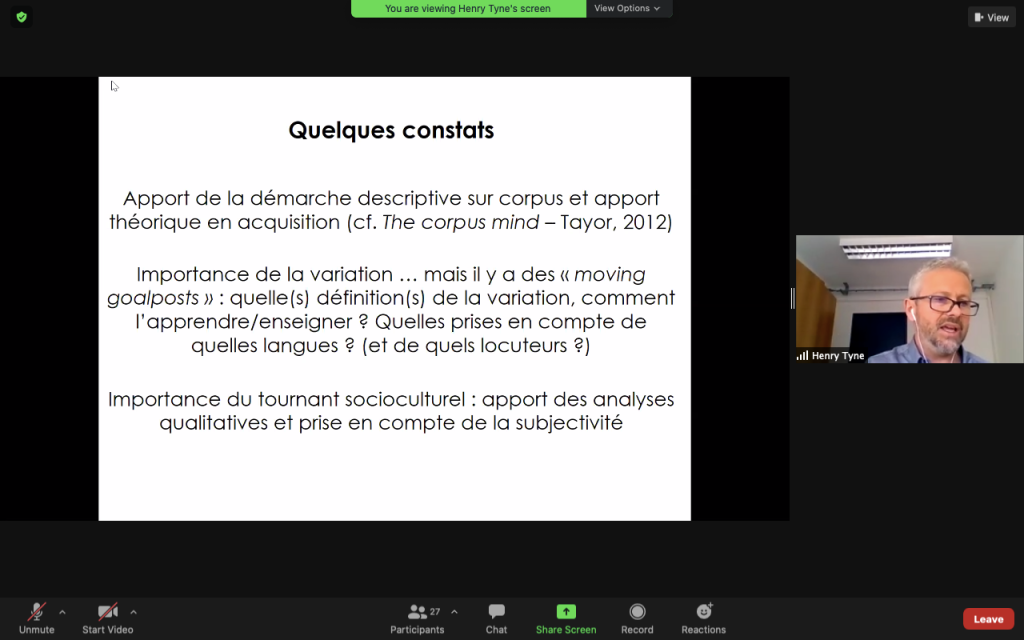

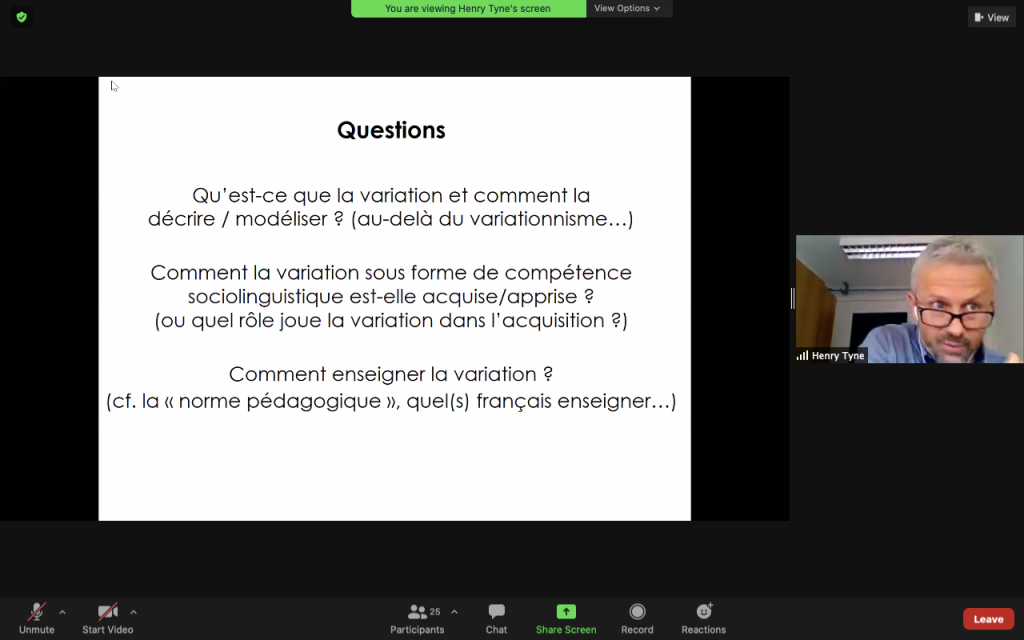

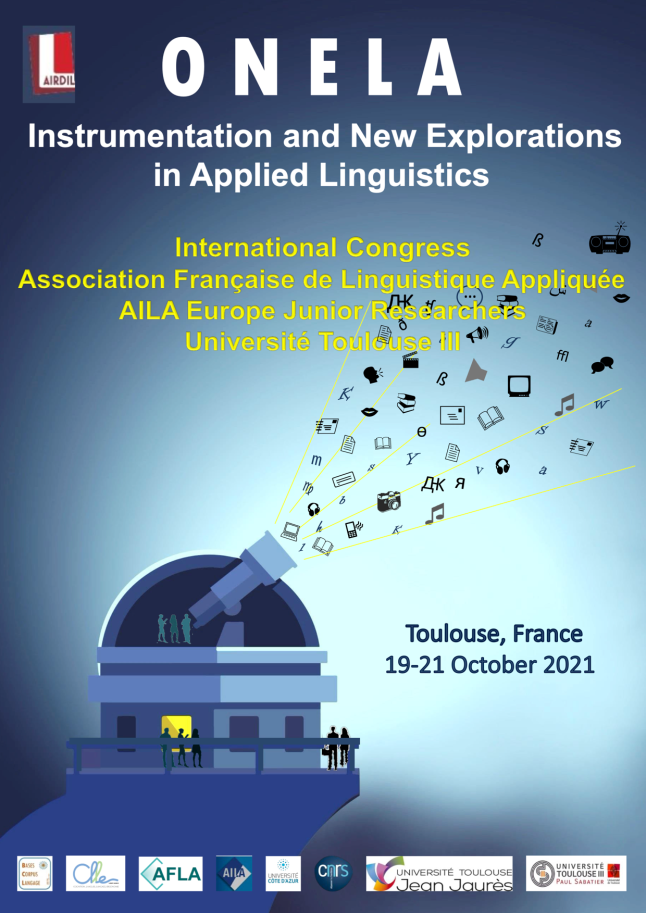

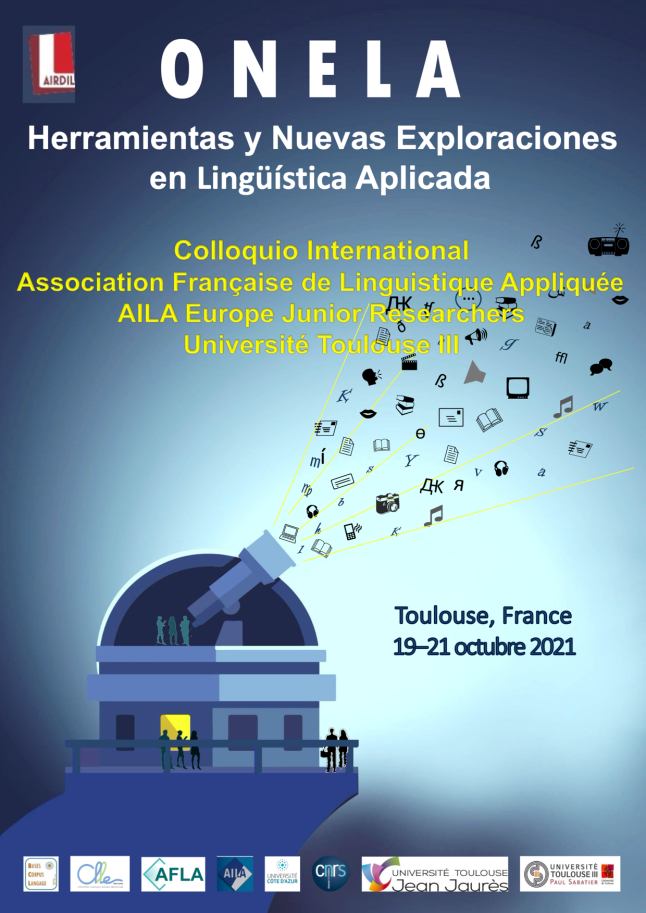
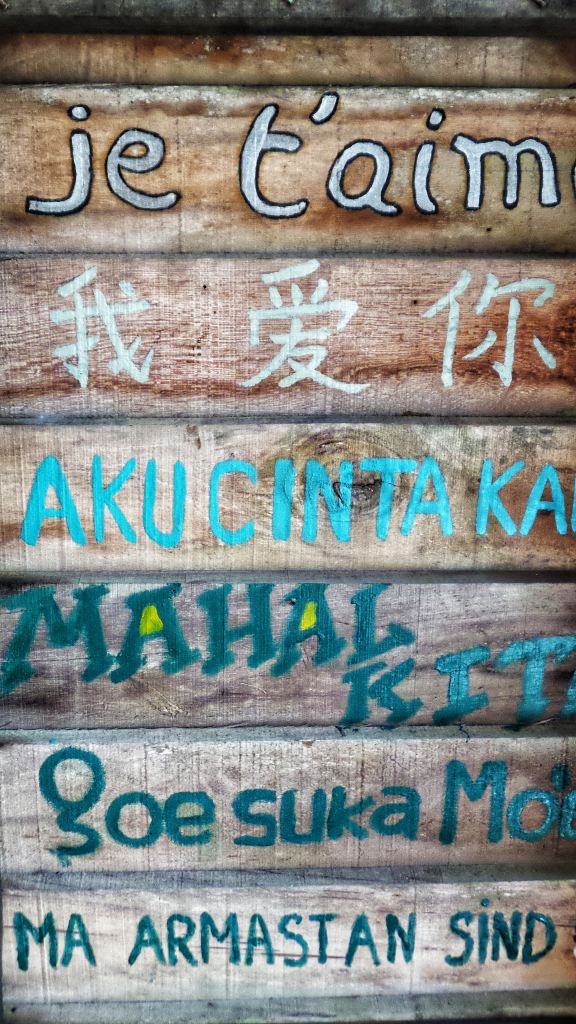

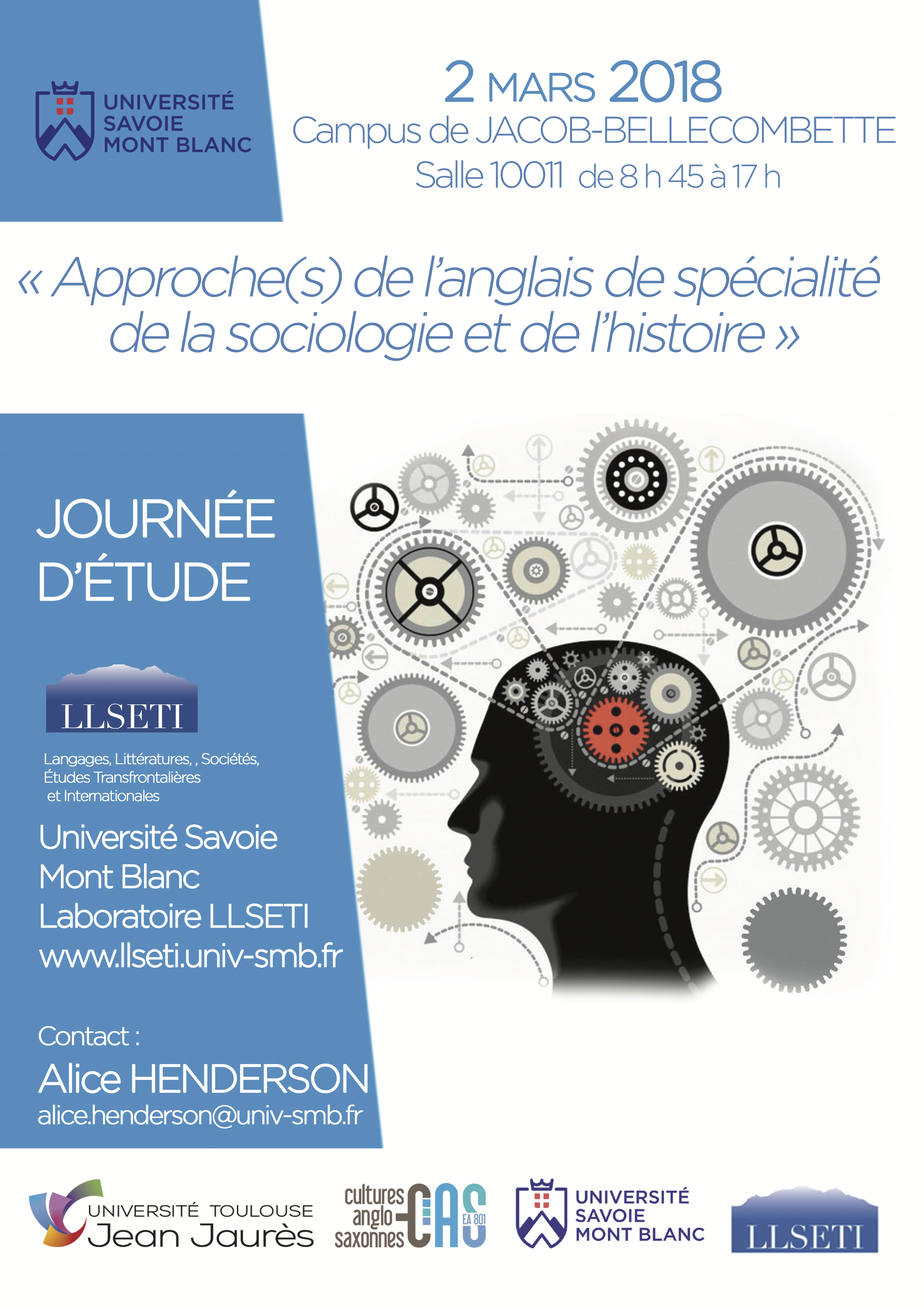 Alice Henderson et Frédérique Freund du laboratoire
Alice Henderson et Frédérique Freund du laboratoire 
